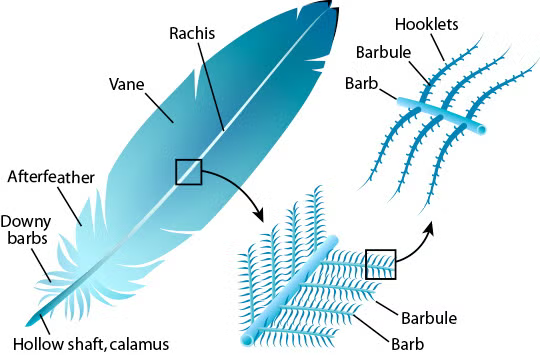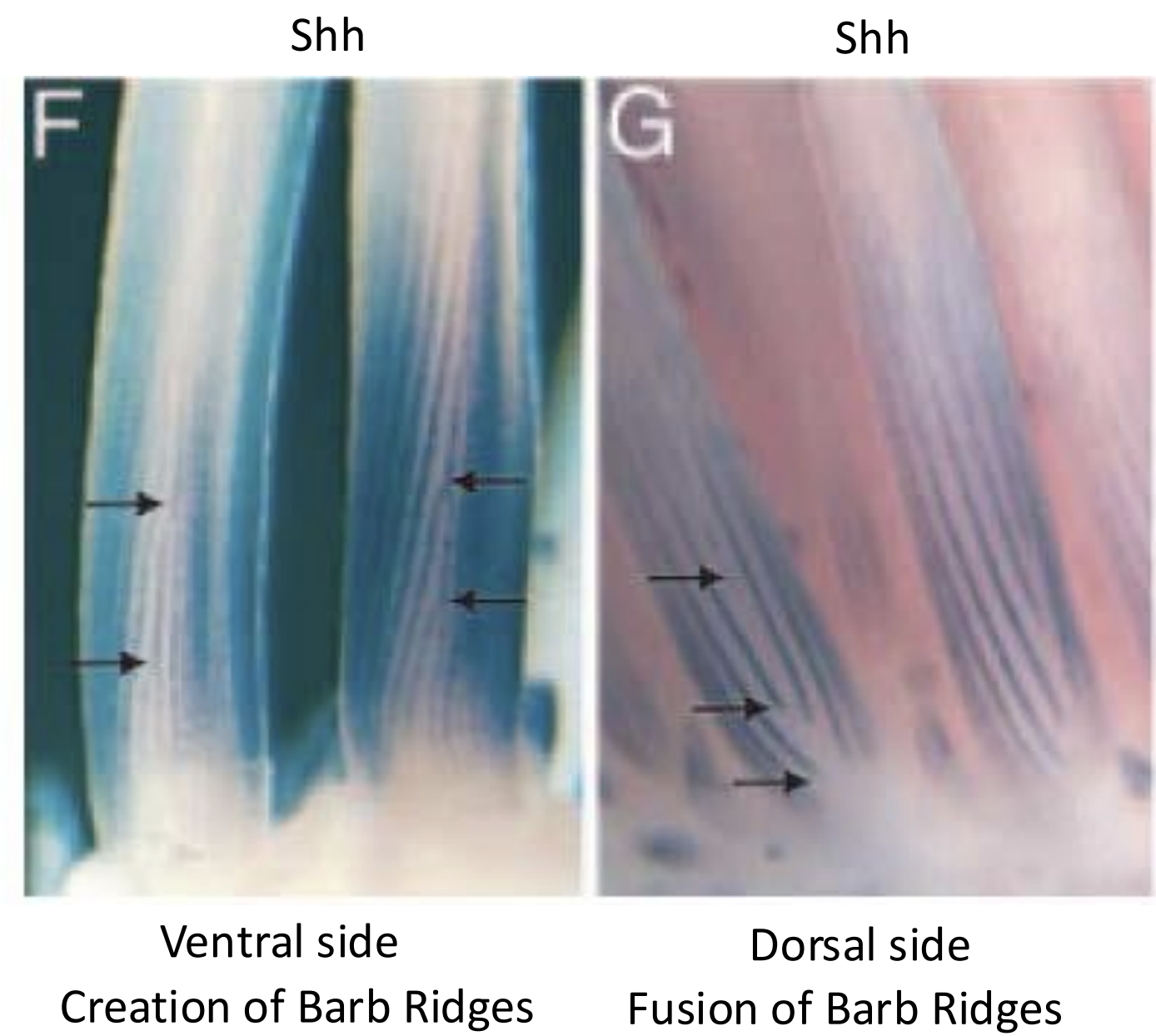Pigmentation in Hominins
0.0(0)
0.0(0)
Card Sorting
1/24
There's no tags or description
Looks like no tags are added yet.
Study Analytics
Name | Mastery | Learn | Test | Matching | Spaced |
|---|
No study sessions yet.
25 Terms
1
New cards
How can we be so different from chimps phenotypically and still have so much of our genomes be identical?
small changes make a lot of difference in regulatory genes
2
New cards
When did the split between the human and chimp lineages occur?
5-7 mya
3
New cards
When did Homo sapiens first evolve (approximately)?
between 200,000 and 300,000 years ago
4
New cards
What is the evidence that even very early hominins were bipedal, at least partially?
the angle of the femur from hip to knee to balance walking; a shorter and broader pelvis that stabilizes the torso
5
New cards
What is evidence that early hominins also climbed trees?
strong upper limbs and an opposable toe
6
New cards
Evidence that the Homo sapiens first evolved in Africa
the fact that indigenous African populations, as a whole, are much more genetically diverse than non-African groups and non-African indigenous groups tend to be more closely related to each other than to indigenous African groups
7
New cards
Various theories have been put forth for why our ancestors “lost” their hair
sweating, supported by increased distribution of eccrine sweat glands (which are more productive and better heat regulators than apocrine glands) on humans versus chimps; relies on assumption that prodigious sweat and hair were incompatible and thick hair wasn't an adequate thermoregulatory strategy for this strange new bipedal primate that was spending a lot more time in the sun and covering greater distances.
8
New cards
Darkly pigmented skin (more melanosomes and melanin) likely didn’t evolve before our ancestors “lost” their hair (or, properly speaking, transformed their hair from terminal into mostly vellus because, remember, we have the same density of hair follicles as chimps). This is because chimps have light skin/dark hair as their strategy for UV protection. Why was this perhaps not “good enough” for hominins?
hominins were more exposed to UV and having thicker hair meant it was hard to cool off; light skin meant they would have been more exposed to sun cancer
9
New cards
Why was human skin darkly pigmented and why did they have greater reproductive success?
to avoid cancer because melanin protects skin from UVR and UV damage of folate drove evolution of darker pigment
10
New cards
Changes in natural pigmentation can occur as the result of selection on variation in proteins involved in regulating pigmentation—for example, Mc1r
11
New cards
What makes Vitamin D and what does vitamin D do?
UVB produces vit D in skin and vitamin D is required to absorb Ca2+
12
New cards
What is rickets?
A softening and weakening of bones in children, usually due to not getting enough vitamin D.
13
New cards
Why was pigmentation lost after migrating out of Africa?
driven by the trade-off between needing to retain an adequate supply of vitamin D, while still maintaining adequate protection from UVR.
14
New cards
What was evidence (generally speaking) that birds are really just divergent dinosaurs?
birds and dinosaur skeletons have similarities in their skeletons that only they have that no other species does
15
New cards
What type of dinosaurs likely had feathers? Why do we think this?
Therapods; there are quill nodes on therapods
16
New cards
What is the most likely function for the very first feathers? How did this evolve into a flight feather?
insulation and thermoregulation; the feathers helped the dinosaurs incline run and glide from tall places, eventually evolving into longer flight feathers
17
New cards
What is an exaptation?
a trait that evolves due to selection for one function but is later co-opted for a different function
18
New cards
Anatomy of feathers
barbs and barbules, rachis, open versus closed pennaceous, contour/planar feather versus flight feather.

19
New cards
pennaceous versus plumaceous
pennaceuos is more stiff and the feathers are close together; plumaceous is open and has no vane with a fluffy structure for insulation
20
New cards
How does a feather develop?
a placode is created in the dermis, forms the feather germ, proliferation of cells around the germ creates a follicle and eventually forms the whole tube
21
New cards
How does a plumaceous feather develop differently from a pennaceous feather?
In pennaceous feathers, the initial barbules are large and elongated or pyriform in shape, and the peripheral barbules are rounded with a large diameter. Plumulaceous feathers have small, thin, elongated initial barbules. Plumulaceous feathers are characterized by the formation of syncytial barbule cells
22
New cards
How does the development of feathers correspond to the fossil record?
a gradual evolution of feathers, starting with simple filaments on non-avian theropod dinosaurs, and progressing to more complex structures like those found in modern birds
23
New cards
What gene expression patterns seem to underlie feather development?
Shh gene expressed in a pattern complementary to the barb ridges; expressed where programmed cell death occurs
24
New cards
How does Shh expression correspond to the production of barbs?
Shh expression and signaling causes programmed cell death + shows the pattern that the barb ridges will grow in
25
New cards
By seeing an image of Shh expression, can you identify the ventral versus dorsal side of a developing feather?
ventral has a rachis (the central line where the barbs come from) while the dorsal has lines that don’t really connect (look like they’re floating) and have a more irregular pattern
